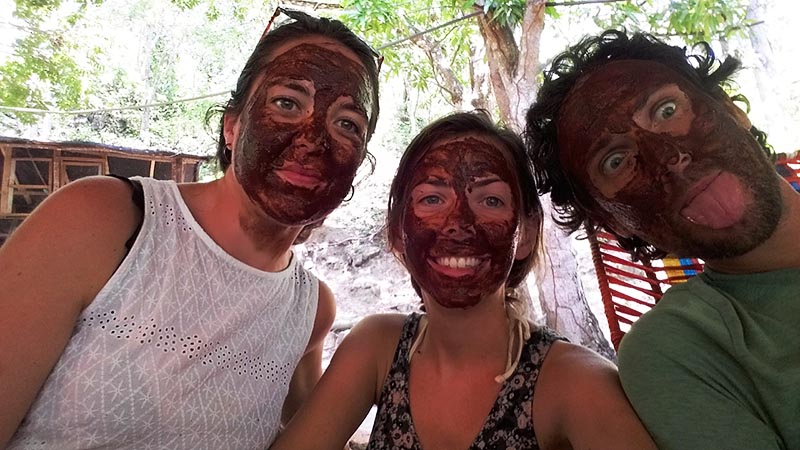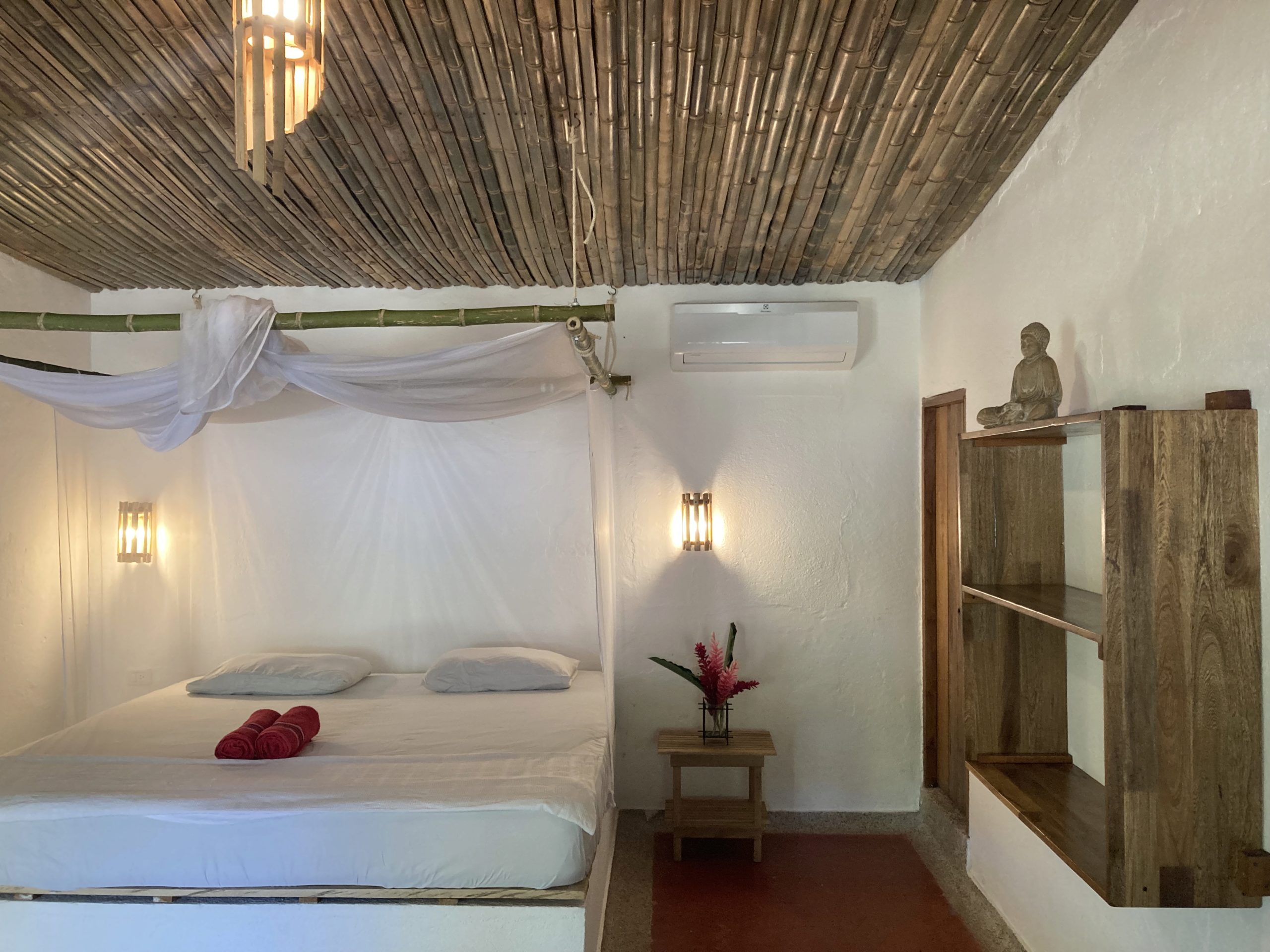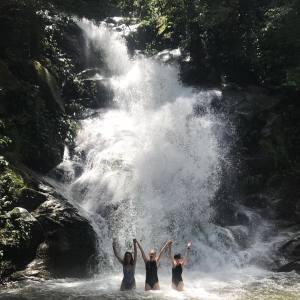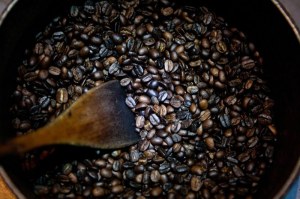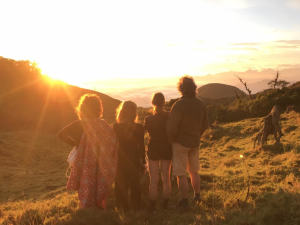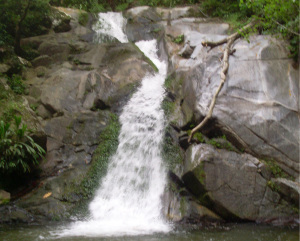HOW TO MAKE CHOCOLATE: A DAY ON A COCOA FARM IN COLOMBIA
Did the question “how to make chocolate” ever cross your mind? Well, during our stay in Colombia we had the chance to answer that question. After spending 2 nights in Taganga,a vibrant little town on the beach in northern of Colombia, we chose to move to an amazing eco hostel in the jungle. You must read on to find out how to make chocolate!

One day, walking through the streets of Taganga, a guy stopped us and showed us some information about an eco-hostel called Carpe Diem, in the jungle.
So as the name of the hostel translates to “seize the day,” we grabbed the moment and decided to give it a go! The place is located in an area called Paso del Mango, a 2 hour drive from Taganga, not far from Sierra Nevada. You are in the middle of the jungle, there is only a dirt road and a few farms. All you can see are trees, rivers and more trees.
We spent 2 nights in Carpe Diem where we had the opportunity to visit the tranquil surroundings. The best thing we did was a trip to a Cocoa Farm to learn how to make chocolate. Just a 15 minute walk from Carpe Diem Hostel, there is a small cocoa farm that offers guided tours.
The Cocoa Farm tour was unexpectedly good, not only for the chocolate but for the interesting information and fun experience we went through!
I love chocolate, I’m addicted to it. I’ve visited a couple of chocolate producers back in Italy but I’d never been to a cocoa farm before to learn how to make chocolate. We don’t have cocoa plantations in Italy as we don’t have the right climate, but Colombia does.
If you want to know who the top 5 cocoa producing countries in the world are, click here.

HOW TO MAKE CHOCOLATE FROM A TO Z
Once we arrived at the Cocoa Farm we were welcomed by Horacio, the owner. Horacio gave us a short introduction about the guided tours available and what to expect. We chose the full guided tour where you can learn about planting, growing, harvesting, drying and the chocolate making process.

Horacio brought us to the plantation first where he explained to us everything about the cocoa trees, their fruits and the secrets of the organic and industrial farming of Cocoa.

We were astonished when we saw the cocoa fruit for the first time. Have you ever seen it? It’s a big oval fruit that goes from green to red, passing through a yellow phase depending on the stage of ripeness.

Horacio, the owner, showed us how to harvest – cutting the fruit from the tree with a machete. Then he sliced it in half and showed us its heart.

The internal part of the fruit is a white, soft, sticky membrane that covers the beans. He invited us to take one of the beans (covered in the white fruit) and taste it. We did so without thinking twice. We were speechless. The white fruit covering the bean was incredibly sweet. Nothing like you would expect from chocolate!

Once we had eaten the white fruit, we were left with the cocoa bean. The cocoa beansare as you expect, a dark colour and this is what is used to make the chocolate!

Cocoa farming is a hard job. It’s a long process and it takes a lot of time. After harvesting and cleaning the beans, they leave them to dry in the sun for few days. Once the beans are dried and toasted, in this case, from the sunlight, they pack them into big bags and send them to the chocolate factories where they work and process into the final product.


The last stop on the Cocoa Farm tour is a chance to make chocolate and this is the fun part!
Horacio gave us each some dried beans. He told us to crash the shell and take out the soft inside part. If you taste this part you will taste the typical bitter taste of pure chocolate. Once we had filled a bowl with cocoa beans, we poured them into the grinding machine. We turned the wheel and the beans were crushed producing a sticky dark brown paste.



Once all the paste was ready in the bowl we added sugar. Horacio told us that at a chocolate factory, normally 2 kg of sugar is added to 1 kg of cocoa. What???? I was shocked! I started regretting all the jars of Nutella, the Ferrero Rocher, the Ritter Sports bars and all the Kinder bars I have had in my life! Imagine how much sugar we put into our bodies every day!

After this shocking info we finally started moulding the paste in our hands into littles disks. We put them on a tray and let them solidify. We made chocolate!
This was not the end! Horacio made us a beautiful cup of hot chocolate and with the leftover chocolate paste we had a chocolate face mask. I’m not really into facial masks – that was actually the first time in my life – but I enjoyed it! Noelle and Lorna were amazed!
But I couldn’t resist seeing all that chocolate on Noelle’s face. It was too much for me, so I didn’t resist and I licked all her face!

The tour is absolutely fantastic and we strongly recommend doing it if you come over here, and come on you will learn how to make chocolate!! Don’t miss it!
DETAILS OF THE TOUR
- You can choose from 2 different guided tours:
- Full tour: It lasts 2 hours. Costs 10,000 COP. Includes: Explanation of all the process, tasting of chocolate, hot chocolate and face mask.
- Simple Tour: Costs 5,000 COP. Short explanation of chocolate making process.
- Time: you can visit the farm every day between 7 am to 6pm.
- As well as all of the above, this farm offer a full body chocolate massage!
HOW TO GET TO THE COCOA FARM IN PASO DEL MANGO
From Carpe Diem Hostel in Paso del Mango it is just 15mins away. Head up the road until you reach the river crossing. You should see a sign on your right for the cocoa farm. Take the footpath on your right and follow it past the bridge (don’t go over it), along the river until you arrive at the farm.
INTERESTING THINGS ABOUT COCOA
- Cocoa Trees are 4-8 meters tall
- A tree starts bearing fruits between 4-5 years old
- Each tree produces around 40 fruits
- To make a kg of cocoa paste you need 20 fruits
- Major Cocoa processors are Nestle, Mars and Hershey’s
If your enjoyed our post on how to make chocolate, you may also enjoy our post onSalento Coffee Tour where we learned everything there is to know about making coffee in Colombia.
Safe trip!
#VisiTodo
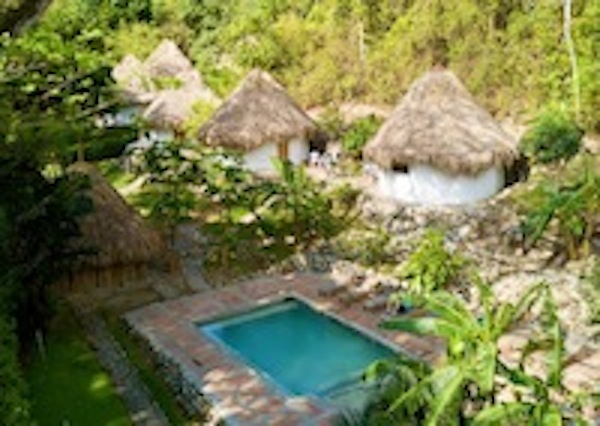 $ 220.000 - $ 360.000 COP
$ 220.000 - $ 360.000 COP
